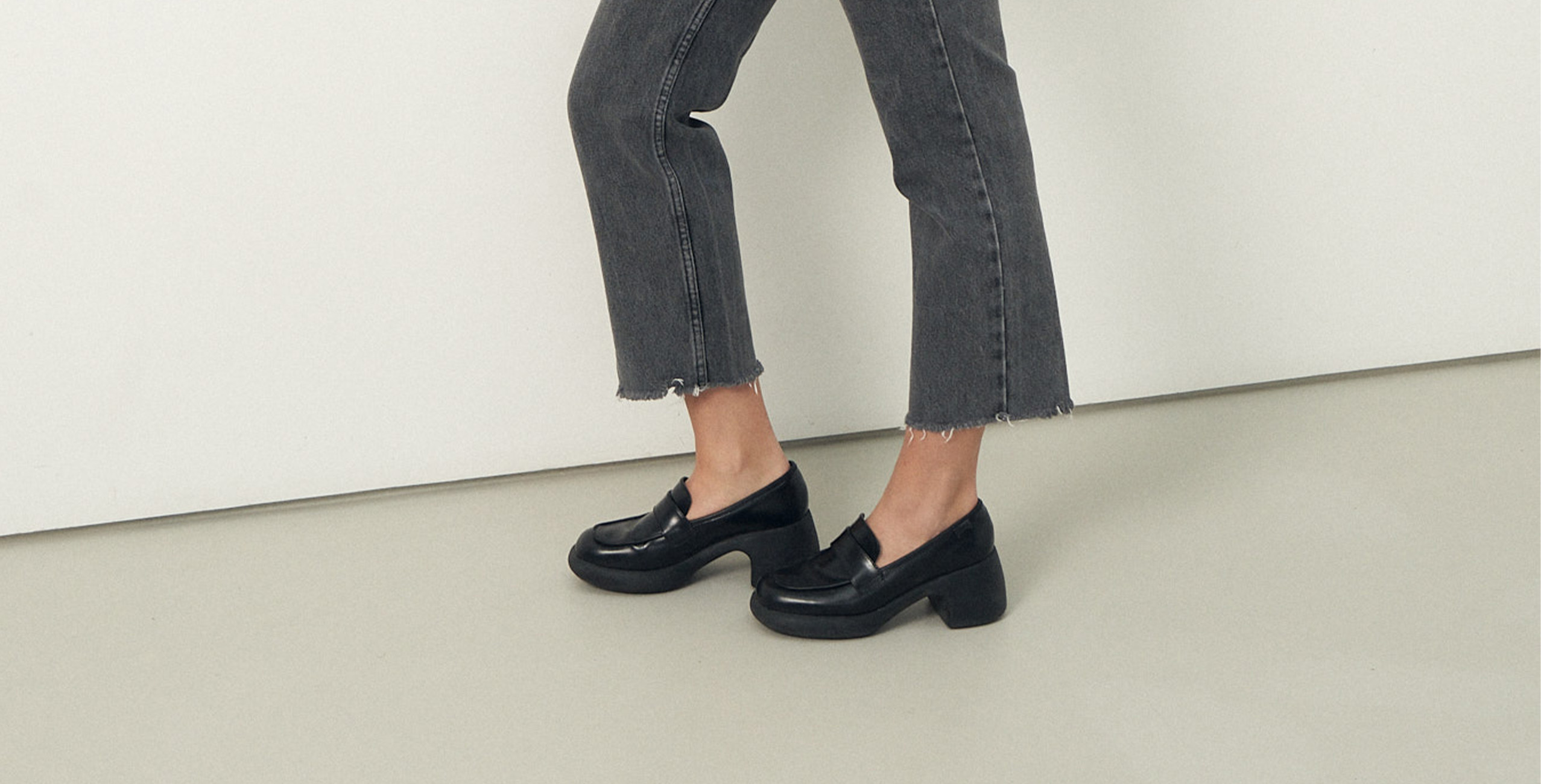1. Meet the expectations of consumers who want more responsible and circular fashion
Before any economic argument, let us remember: second-hand fashion, by extending the life of existing pieces, which deserve to still be worn and loved, helps to reduce the overproduction of clothing. In this way, second-hand goods contribute to limiting the social and environmental impact of the fashion industry .
And consumers have understood this well. The appeal of second-hand items has exploded in recent years. To the point that, while the fashion market has stagnated since 2008 , that of second-hand fashion has grown by 15% since 2018 and is expected to continue to grow by 15 to 20% per year until 2025.
So far, it is mainly peer-to-peer resale platforms that have benefited from this boom , leaving brands to watch, often with indifference, sometimes with concern, as this dynamic takes place.
Consumers, after taking advantage of the services offered by Vinted, Vestiaire Collective, Vide Dressing and others, now expect more from brands.
For a brand, launching into second-hand goods means positioning itself on an issue that has become key to fashion, valued by consumers .
2. Know your customers second-hand
Does a brand really know all its customers? The majority for sure, but not all, since the rise of C2C resale platforms.
Now that second-hand represents more than 2% of the fashion market in France (and this will accelerate), brands ignore a significant part of their customers.
Going second-hand means successfully communicating with your now indirect customers , who already like a brand but don't show it directly.
In the design of tomorrow's parts, can we continue to ignore this growing customer segment? It is a safe bet that the brands of tomorrow will be those that have been able to take into account the desires of all their consumers: those of first, second, third hand, etc.
Beyond reaching new consumers, brands that engage with Paradigme will also manage to reconnect with their own customers first-hand. Purchasing items using vouchers is an opportunity to talk to your customers again, to show them your new collections (which take into account their evolving needs, including a greater ecological and social commitment?), and to recreate a link perhaps weakened since the last purchase.
3. Take back control of your second-hand brand image
Despite their many advantages, everyone agrees to point out the shortcomings of current C2C second-hand platforms : a large part of the ads are posted hastily, the photos are poorly taken, the descriptions lack clarity. clarity, sometimes indicating the wrong model, or even the wrong brand.
Brands, who put so much energy and attention into defining an original and strong image, no longer control anything on today's second-hand platforms.
Going second-hand means ensuring that you reduce the number of brand items in circulation on platforms where nothing can be controlled, and increase the number of those who continue, even in their second or third life, to respect the image of the brand.
Launching, in particular, with Paradigme, means ensuring you work with an actor who perpetuates an image consistent with that of its partner brands , during the (long) life of a garment, without the brand having to take care of it.
4. See second hand as an economic opportunity
As you will have understood, there are numerous arguments for going second-hand.
Last but not least: our partner brands will even be able to earn money thanks to this !
Yes, giving vouchers to customers to encourage circular fashion costs money. But it also brings in money, whereas, until now, brands saw millions of their items being resold, without receiving a single euro.
Additional turnover for a cost of €0? So who loses?
Brands that produce items that degrade quickly, and whose resale values are so low that such a model is not possible. Paradigme's model does not encourage more spending in the first place with its vouchers, it allows consumers to be diverted towards better quality items . Tomorrow's customers will consider the resale value of their clothing when purchasing first-hand.
New things will not disappear with the rise of second-hand goods, so let's encourage brands that produce quality items!
Sources
LSA, Les Echos, IFM, Kantar, Euromonitor










